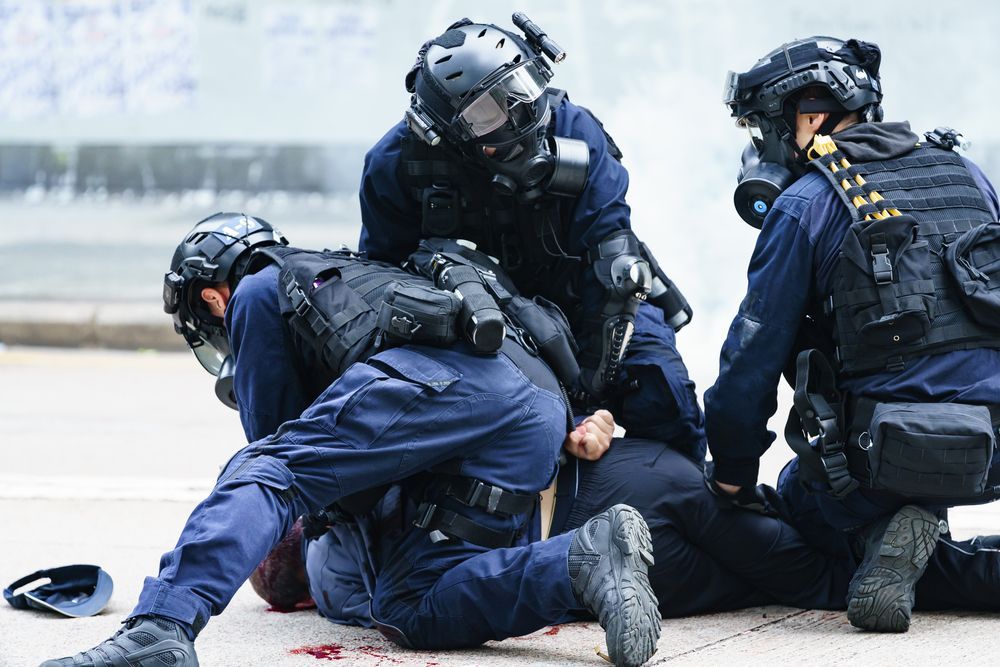Myth of "Superhuman" Strength in Black Persons & Excessive Force Cases
When “superhuman strength” is allowed as a use-of-force justification in court cases, dehumanizing misconceptions make their way into the wider criminal justice system.

CW: Police violence, excessive force, racially-motivated violence
“Excited delirium” is a hotly contested term frequently used to justify police use of force, according to law enforcement researchers and experts. The term is not widely recognized by medical associations, including the American Psychiatric Association. One of the term’s frequently cited symptoms is “superhuman strength;" a descriptor often applied to Black people. The term creates a hurdle for legal accountability in prosecuting officers, since courts typically defer to law enforcement in determining whether force was necessary, legal experts say.
A review of dozens of police use-of-force cases, including court records, depositions and police statements, by the Howard Center for Investigative Journalism at Arizona State University, in collaboration with The Associated Press, found numerous cases in which police officers stated that a person who died while being apprehended displayed “superhuman strength.”
Although “superhuman strength” became widely publicized around the 1991 police beating of Rodney King in Los Angeles, its origins date to the post-Civil War Reconstruction era. White Southerners spread propaganda that characterized Black men as innately savage, violent and intent on raping white women. Writers and filmmakers perpetuated the myth. The 1915 film “The Birth of a Nation” characterized Black men as rapists and beasts and used that trope to justify lynchings while glamorizing the Ku Klux Klan. That caricature undeniably fueled widespread violence. More than 4,400 Black Americans were killed by lynch mobs between 1877 and 1950, according to data from the Equal Justice Initiative, a nonprofit that provides legal representation to people illegally convicted, unfairly sentenced or abused in custody.
The 1960s Civil Rights era weakened the “Black brute” caricature, as national media focused on peaceful Black protesters being attacked by police. But the “War on Drugs” and its target on communities of color helped resurrect the myth.
Peer-reviewed studies on racial bias and perceived size have found that Americans demonstrate a systematic bias in their perceptions of the physical formidability of Black men. One found that white participants associated “superhuman” qualities with Black people more often than they did whites. “Superhumanization is treating someone like a non-human,” Adam Waytz, a researcher with Northwestern University's Kellogg School of Management and author of the study "A Superhumanization Bias in Whites’ Perceptions of Blacks, said in an interview. When “superhuman strength” is allowed as a use-of-force justification in court cases, such misconceptions make their way into the wider criminal justice system.
You can view the interactive visual story produced by the Howard Center for Investigative Journalism and The Associated Press here --->> Stories of those who died after police use-of-force incidents










